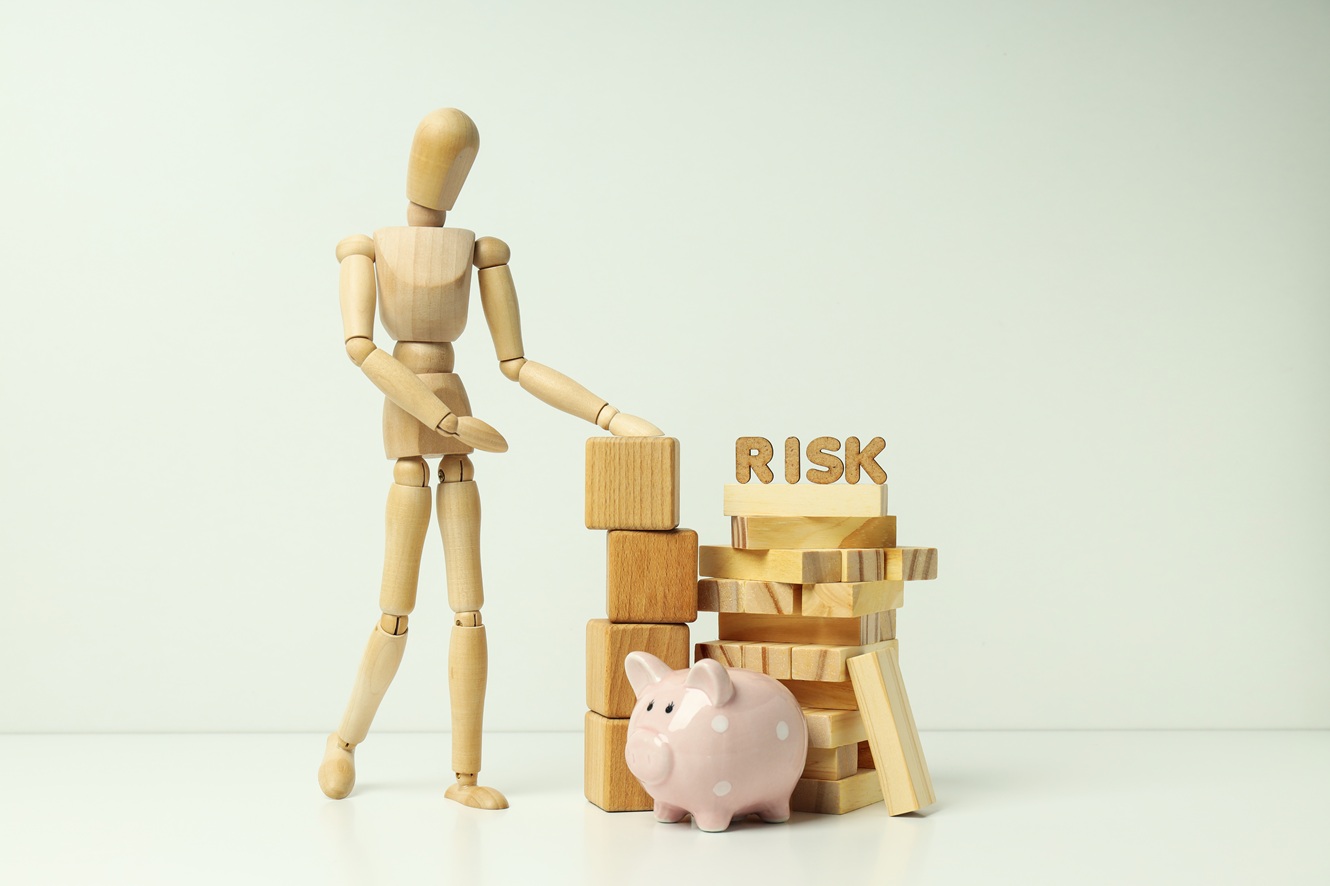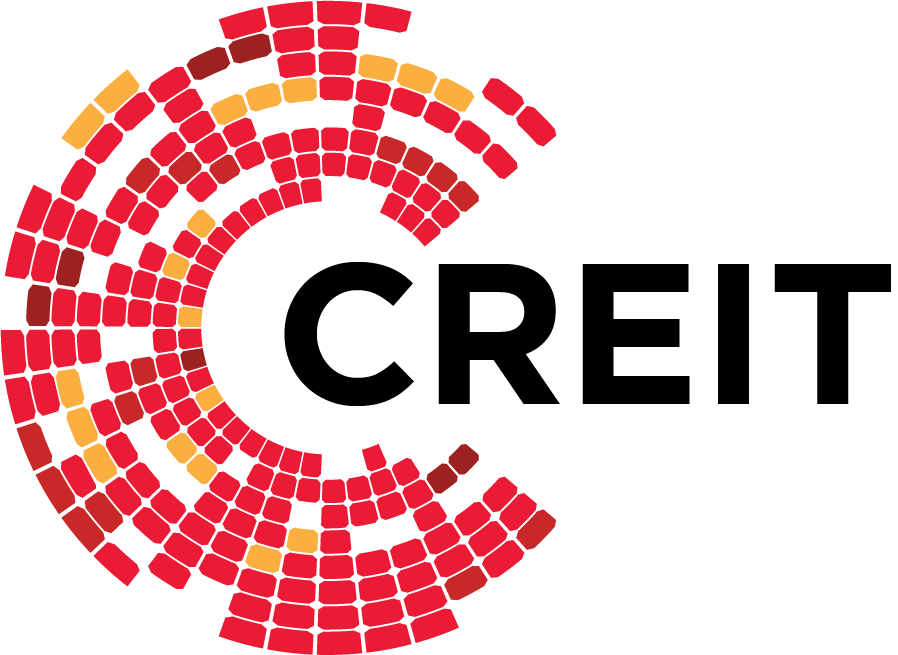The Philippine investment landscape offers numerous opportunities for growth and wealth creation, but it also comes with inherent risks that require careful navigation. From market volatility to regulatory changes, investors face a range of challenges that may impact their financial goals. Understanding and implementing effective investment risk management strategies is crucial for protecting your capital while maximizing potential returns in our unique economic environment.
Risk management in investing isn't about avoiding risk altogether—it's about taking calculated risks that align with your financial objectives and risk tolerance. For investors dealing with local economic factors, natural disasters, political transitions, and market fluctuations, having a robust framework to identify, assess, and mitigate risks makes the difference between sustainable growth and substantial losses. This guide explores essential risk management strategies tailored specifically for the Philippine investment context.
What are Investment Risk Management Strategies?
Investment risk management strategies are systematic approaches investors use to identify, evaluate, and mitigate potential threats to their investment portfolios while maximizing opportunities for returns. These methodical practices involve analyzing risk factors specific to the Philippine market and implementing techniques to protect capital while pursuing financial goals. Risk management isn't about eliminating risk entirely but finding the optimal balance between risk and reward based on your personal financial objectives and comfort level.
Effective investment risk management requires understanding both universal investment principles and factors unique to our local economy and regulatory environment. This includes awareness of how political transitions affect policy directions, how our geographic location exposes investments to natural calamities, and how global economic trends impact our export-driven sectors. By developing and following tailored risk management strategies, investors can navigate uncertainties with greater confidence and protect their hard-earned capital even during challenging market conditions.
Why a Risk Management Strategy is Crucial for Investment Success
A well-crafted risk management strategy provides investors with a structured approach to navigate market uncertainties while pursuing financial goals. These deliberate safeguards help balance risk and reward in our unique economic environment, creating resilience against local market volatilities and unexpected events.
- • Preserves capital against losses: Ensures a foundation for recovery and growth during market downturns
- • Reduces emotional decision-making: Serves as a rational counterbalance to panic selling or speculative chasing during market fluctuations
- • Optimizes returns relative to risk taken: Identifies opportunities where potential rewards justify the risks within the Philippine market's unique sectors
- • Provides confidence during market volatility: Enables investors to adhere to long-term plans despite short-term market turbulence
- • Creates sustainable long-term investment habits: Encourages disciplined approaches that build wealth gradually through consistent, informed decisions
- • Accommodates changing life circumstances: Helps investors adapt to evolving financial needs and goals across different life stages
- • Prepares for unexpected economic events: Incorporates contingency planning for natural disasters, political shifts, and global crises affecting local markets
Types of Investment Risks to Watch Out For
Investors must recognize specific risks inherent in the Philippine market to develop effective mitigation strategies. Understanding these categories enables targeted approaches that account for the Philippines' unique economic and environmental challenges.
Market Risk
Market risk involves potential losses from broad market movements influenced by economic shifts or major events affecting most investments. This unavoidable risk can be managed through diversification across Philippine sectors and asset classes.
Liquidity Risk
Liquidity risk occurs when investments can't be quickly sold without substantial price discounts, particularly evident in real estate and small-cap stocks. This becomes critical during market stress when finding buyers requires accepting lower valuations.
Inflation Risk
Inflation risk erodes purchasing power when returns don't outpace rising living costs, especially problematic for fixed-income investments. Growth assets like stocks and Real Estate Investment Trusts (REITs) offer better protection against Philippine inflation volatility.
Credit/Default Risk
This risk arises when borrowers fail to meet obligations, particularly relevant for corporate bonds and government securities. Diversifying across issuers and assessing financial stability helps mitigate exposure.
Political and Regulatory Risk
Policy changes and government shifts can dramatically impact investments, requiring awareness of regulatory trends. Diversification across policy-resistant sectors helps cushion against abrupt changes.

Top Investment Risk Management Strategies You Should Know
Effective risk management requires implementing specific strategies tailored to the Philippine investment environment. These proven approaches help investors protect their portfolios while pursuing appropriate returns, creating a balanced framework for investment decisions that acknowledge both opportunities and challenges in our local market.
1. Diversification Across Asset Classes
Diversification involves spreading investments across various asset types to reduce exposure to any single risk factor in the Philippine investment landscape. This strategy recognizes that different assets respond differently to economic conditions and market forces in our country.
Proper diversification might include owning stocks across various Philippine industries, government and corporate bonds with different maturities, real estate in different locations, and perhaps alternative investments like REITs or infrastructure funds that reflect our country's development needs.
2. Setting Clear Investment Goals and Time Horizons
Establishing specific, measurable investment objectives with defined time frames helps align risk management with your personal financial journey as an investor. This strategic clarity enables you to select appropriate risk levels—generally accepting more risk for longer time horizons and less risk for short-term goals.
Time-based planning is particularly important in the Philippine context, where economic cycles and political transitions every few years can create periodic volatility which long-term investors are able to withstand, and which short-term investors might need to approach more cautiously.
3. Regular Portfolio Rebalancing
Rebalancing entails periodically adjusting your portfolio back to its target asset allocation to maintain your desired risk level as market movements change the relative values of your investments. In the Philippine market, where certain sectors can experience rapid growth or contraction, regular rebalancing prevents overexposure to recently successful but potentially overvalued segments.
Most investors benefit from reviewing and potentially rebalancing their portfolios at least annually, though more frequent adjustments might be warranted during periods of critical market movements or when major life events change your financial circumstances.
4. Using Stop-Loss Orders for Equity Investments
Stop-loss orders are instructions to sell a security when it reaches a predetermined price, creating an automatic exit mechanism that limits potential losses. For investors in Philippine stocks, where market volatility can sometimes be pronounced, stop-loss orders provide protection against significant downside movements in individual holdings.
Setting these orders at appropriate levels based on your risk tolerance and the specific security's volatility characteristics will help protect your capital while allowing for normal market fluctuations that characterize the PSE.
5. Conducting Thorough Research Before Investing
Comprehensive research involves gathering and analyzing relevant information about potential investments in the Philippine market before committing capital. This due diligence should include examining company fundamentals, industry trends, competitive positioning, and valuations relative to local and sometimes regional peers.
It is imperative for investors to utilize resources like PSE disclosures, company annual reports, industry analyses from local financial institutions, and reputable business publications to make informed investment decisions based on reliable information rather than market rumors or speculation.
6. Dollar-Cost Averaging
Dollar-cost averaging entails investing fixed amounts at regular intervals regardless of market conditions, reducing the impact of volatility on your overall purchase price in the Philippine market. This disciplined approach prevents the common mistake of investing large sums at market peaks while ensuring continuous participation during market downturns when prices are more favorable.
For investors dealing with periodic income and a market that experiences both sharp corrections and strong rallies, dollar-cost averaging provides a structured way to build positions gradually while managing the psychological challenges of market timing.
7. Maintaining an Emergency Fund Before Investing
Establishing and maintaining adequate liquid reserves separate from your investment portfolio creates financial stability that supports sound investment decisions. For investors, an emergency fund covering 6-12 months of expenses provides protection against local contingencies like natural disasters, medical emergencies, or unexpected job loss without forcing premature liquidation of investments.
This financial buffer allows you to take appropriate investment risks knowing your immediate needs are secured, preventing scenarios where short-term cash requirements force selling investments at inopportune times—a particularly important consideration given the economic uncertainties that periodically affect our country.

Achieve Long-Term Returns with Smart Renewable Energy Investments
Implementing effective investment risk management strategies creates a foundation for sustainable wealth creation that can withstand the unique challenges of the Philippine financial environment. By understanding different types of risk and leveraging practical decisions, investors have the ability to navigate market uncertainties with greater confidence and resilience. These not only protect capital during difficult periods, but also position portfolios to capture opportunities during economic growth phases, optimizing your overall risk-return profile.
As you strengthen your investment approach with robust risk management, consider exploring alternative asset classes that provide stability even during economic uncertainties. Citicore Energy REIT (CREIT), the Philippines' first energy REIT, provides exposure to renewable energy assets that operate in crisis-resistant industries while delivering essential services. These investments offer potential for stable income, above-market returns, and alignment with the country's sustainable development goals.
To learn more about diversifying your portfolio with renewable energy investments that combine environmental impact with financial performance, explore our portfolio.


